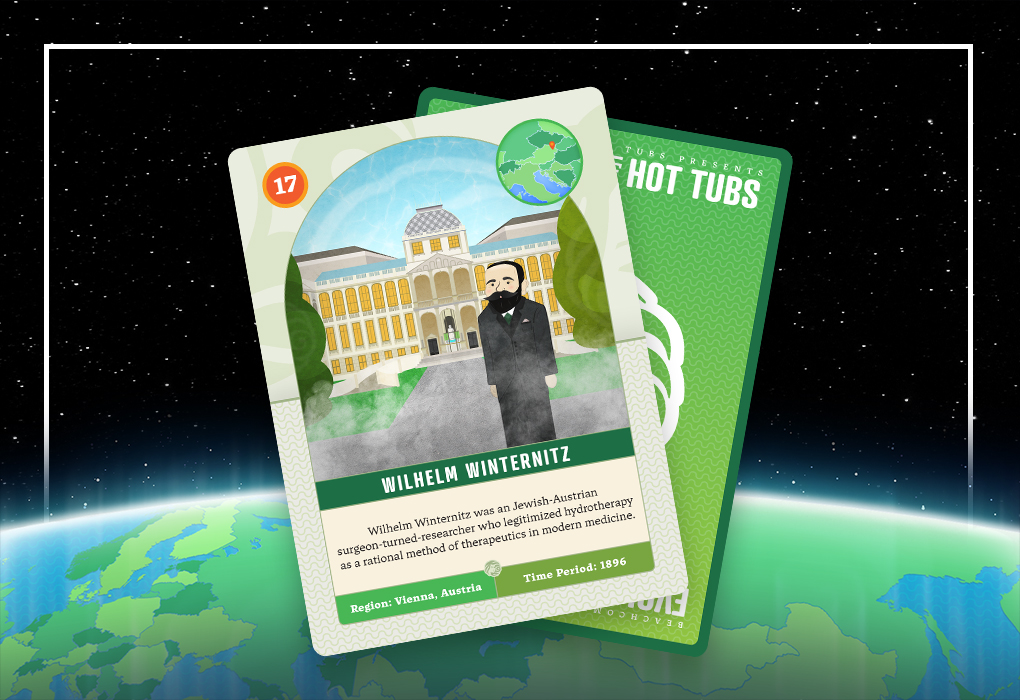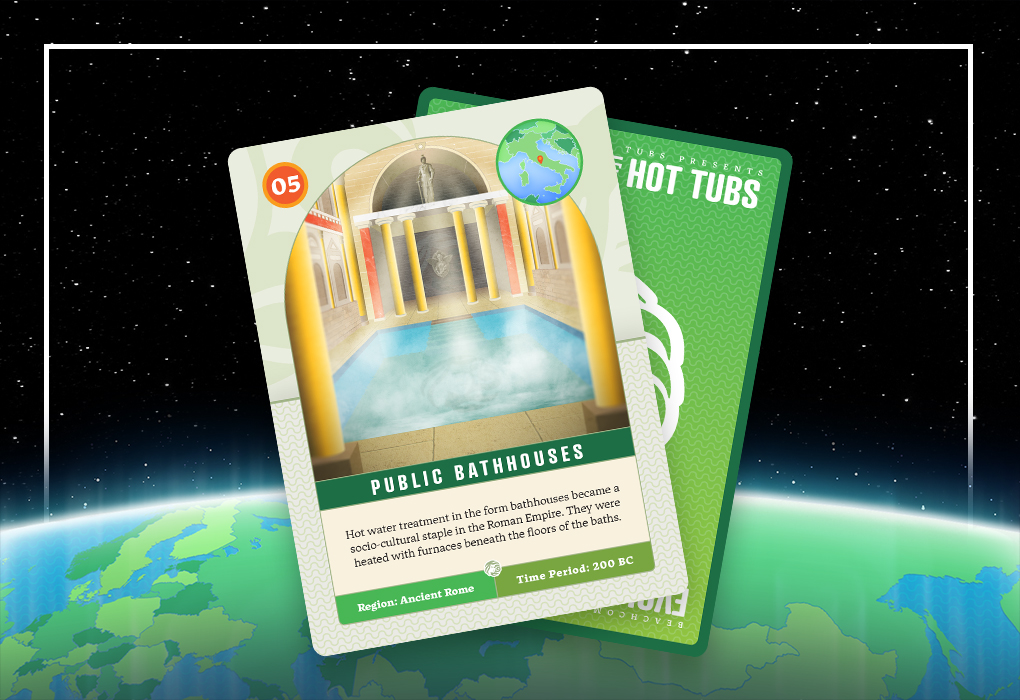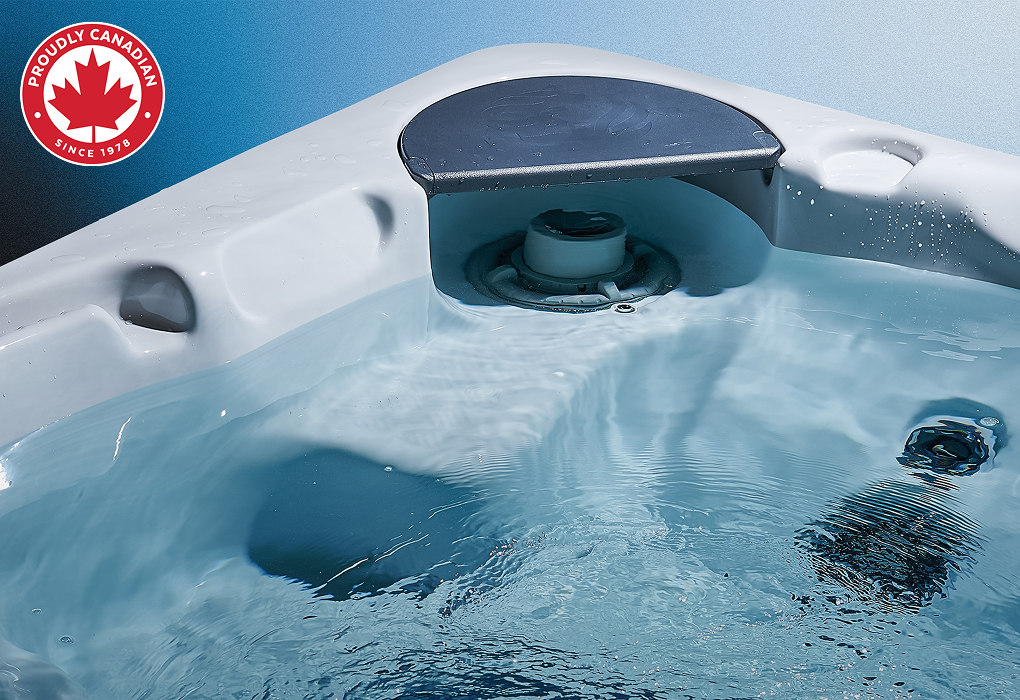Despite the vast amount of research before him and the development of needle bath showers and other bathing facilities, it was Wilhelm Winternitz who solidified hydrotherapy as a treatment in the medical world. Having established an interest in the research during his time in the Austrian Navy as a surgeon, Winternitz later became a faculty member in the University of Vienna where he primarily focused on hydrotherapy and collaborated on many papers regarding the treatment.
The History
Wilhelm Winternitz was a Czech-Austrian Jewish physician and hydropathist. He was considered the “father of hydrotherapy” due to his research, teachings, and practice of the treatment.
Winternitz’s career began as an assistant in an ‘insane institute’. This was after he finished his schooling in Vienna and Prague, where he got his M.D. He moved from the institute to the Autrian Navy and practiced as a surgeon there, before leaving to establish his own practice in Vienna. Hydrotherapy, then referred to as hydropathy, was his focus and resulted in him becoming a leading authority in the development of the treatment.
Wilhelm then moved on to join the medical faculty at the university of Vienna. Again, his focus was on hydrotherapy, and in the early 1900’s he became head of the department. During this time, he also operated a private hospital near Vienna. He contributed to many research papers and books.

What this meant for water therapy?
We know from previous stages in history that different researchers and philosophers had a role to play in the development of hydrotherapy. The many centuries of bathing in hot springs and public baths resulted in the likes of Hippocrates spending a lot of time researching the power of water. The discovery of balneotherapy followed, meaning more people and physicians were learning the value of water as a treatment method. All these tales, histories, and research meant that more people wanted to incorporate water therapy in one form or another into their lives.
When Wilhelm Winternitz, with his education and surgical experience, began contributing to this research, it gave it more credibility. He then began teaching it to students and using it as his main form of treatment in the different practices he had throughout the years. This resulted in a greater reliance on hydrotherapy as a medical cure as it had well-educated and highly qualified people backing its benefits.
After Winternitz, other researchers and medical practitioners focused on water therapy. Over the following decades, more findings saw the development of the Saratoga Springs, the creation of the backyard soaker tub, and eventually the first ever hot tub. Keep following along with our Evolution of Hot Tubs timeline and blogs to learn more – sign up here to receive updates!











